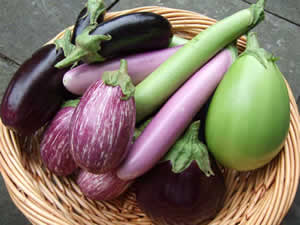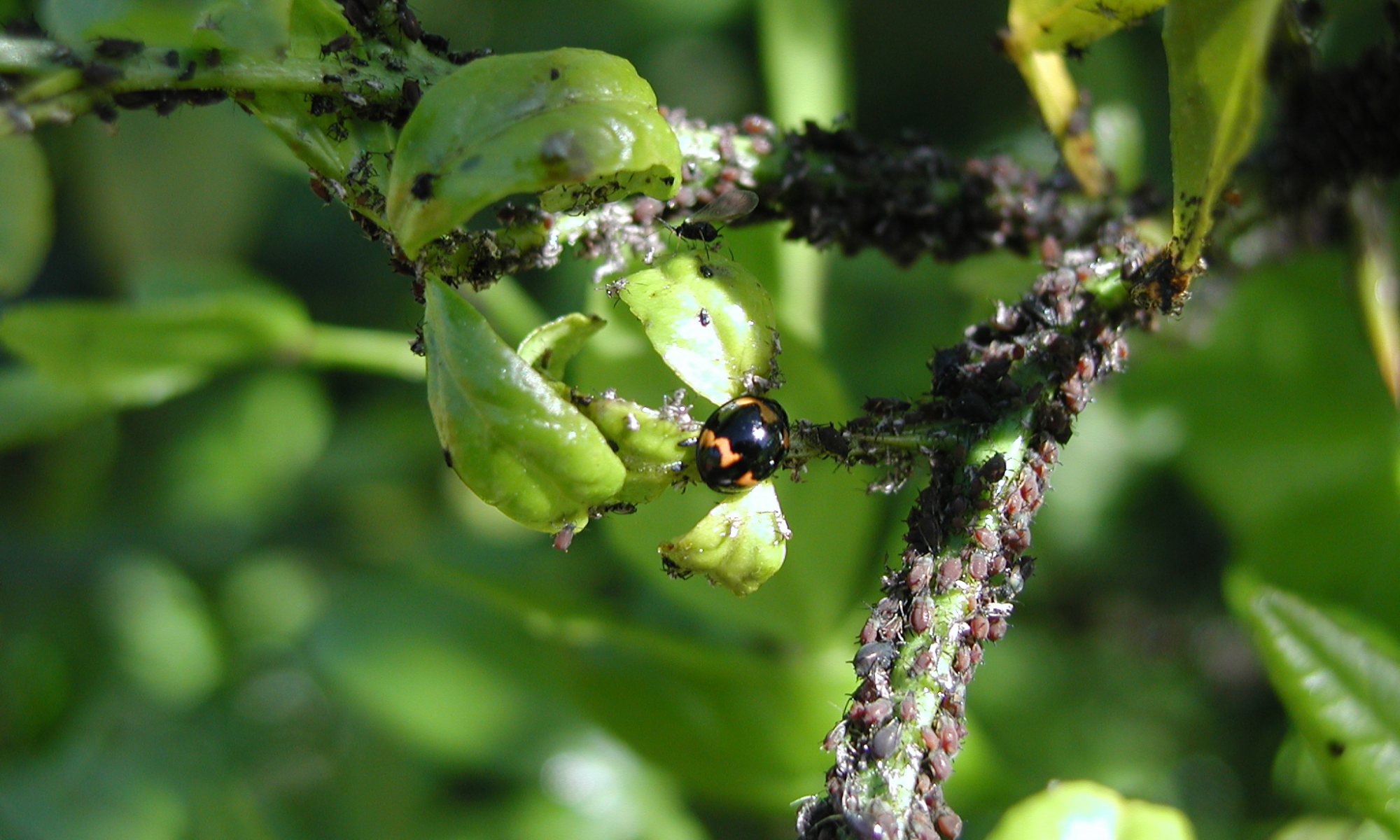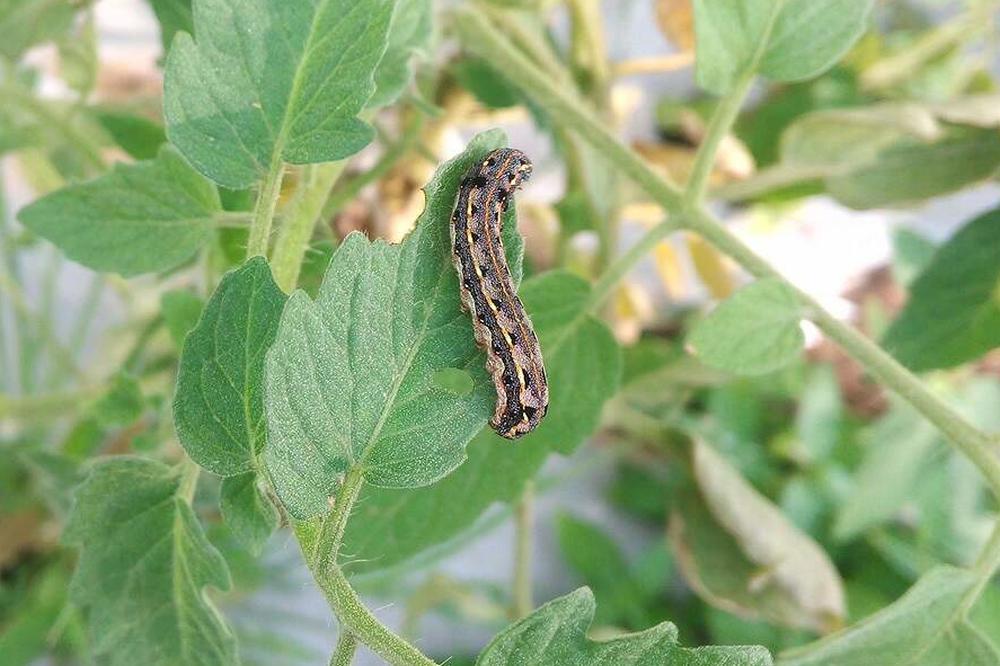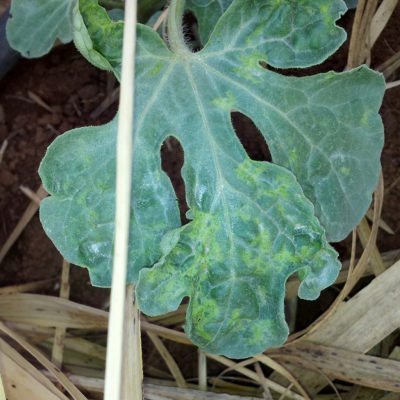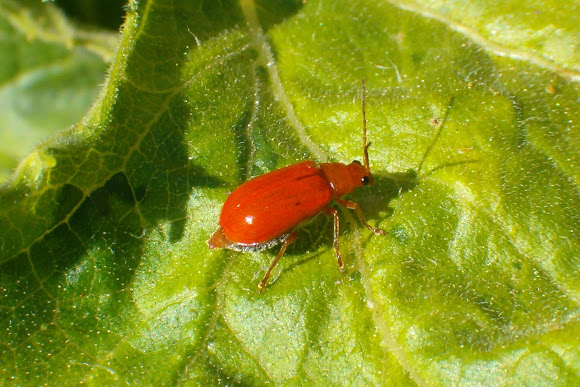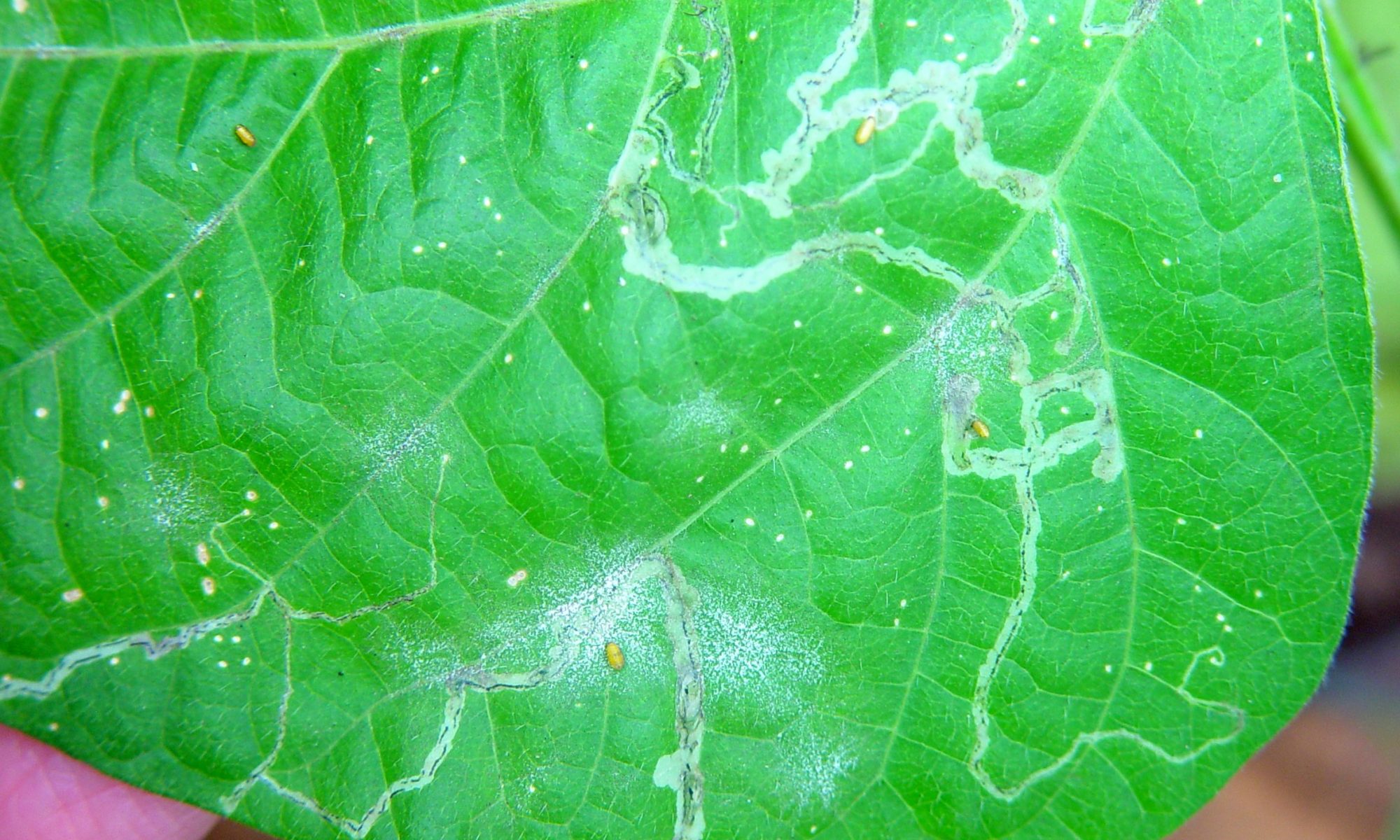Do’s and Don’ts for Brinjal Cultivation:-
Do’s
- Timely sowing.
- Field sanitation.
- Apply pesticides only when required.
- Wash brinjal before consumption.
Don’ts
- Don’t apply more than the recommended dose of the pesticide.
- Don’t repeat the same pesticide consecutively.
- Don’t apply mixture of pesticides.
- Don’t apply highly hazardous insecticides like monocrotophos in vegetables.
- Don’t apply pesticides just before harvesting.
- Don’t consume produce till 3-4 days after application of pesticides.
Like and share with other farmers by clicking on button below
Share
